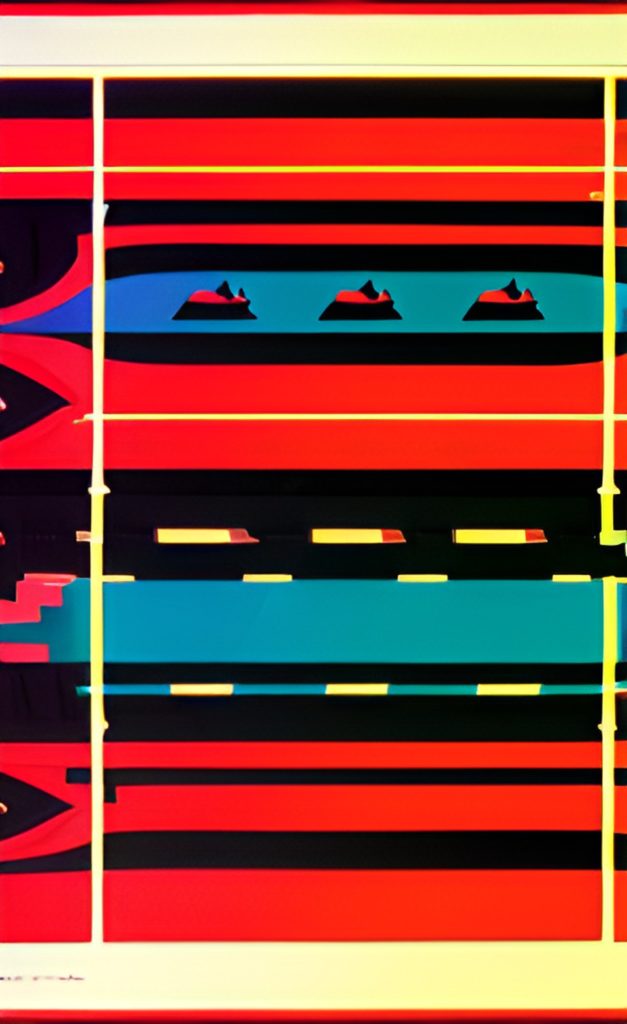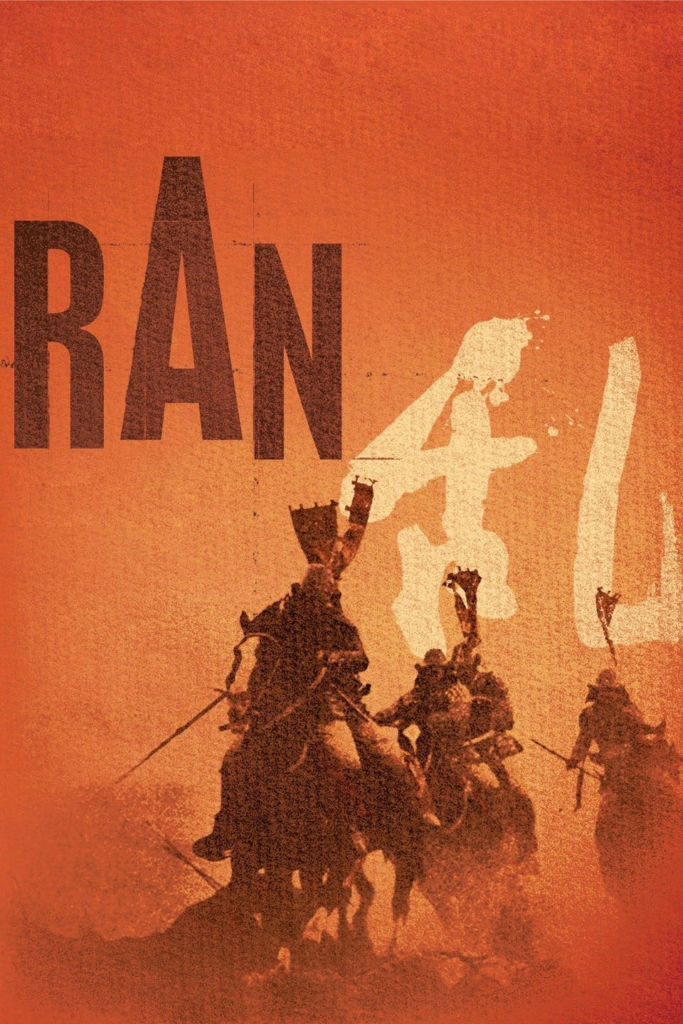Introduction: Throughout history, the role of priests has been closely tied to their ability to disseminate information and convey meaning through religious teachings. However, in the current interim, characterized by rapid technological advancements and the proliferation of information, the traditional role of priests is being challenged. This essay explores how priests, selected for their mastery of words that once held monopolies over information, find themselves mal-adapted to new information environments. The changing landscape of communication has led to their metaphorical expulsion from their castles, signifying an extinction event for priests as they struggle to maintain their monopolies in an era where new forms of communication emerge.
The Shift in Information Environments: In the past, priests possessed a unique ability to shape and monopolize the flow of information. Their expertise in conveying meaning through religious texts and rituals established them as gatekeepers of knowledge, commanding authority and respect. However, the digital revolution and the advent of the internet have transformed the way information is created, shared, and accessed. Traditional hierarchies have been disrupted, allowing diverse voices and perspectives to emerge.
Words without Meaning: The ability to use words without intrinsic meaning but that hold sway over a specific community or institution was once a crucial skill for priests. This language, often embedded within religious dogmas and rituals, created a sense of exclusivity and control. However, in today’s information-rich society, where transparency and critical thinking are valued, the power of empty rhetoric is diminished. People seek substance, authenticity, and factual accuracy in the information they consume.
Mal-Adaptation and Obsolete Communication: The reliance on outdated forms of communication becomes a stumbling block for priests in the face of new information environments. The rapid pace of technological advancements and the proliferation of social media platforms challenge the traditional modes of communication that priests have mastered. With concise and rapid exchanges on platforms like Twitter or the long-form content of newsletters, the effectiveness of sermons and lengthy religious texts becomes questionable.
Chased from Castle Towers: As information landscapes evolve, the role of priests is being redefined, and their monopolies over knowledge are eroding. The metaphorical imagery of priests being chased up their castle towers and heaved out of windows signifies their displacement from positions of authority and control. With the rise of secularism, increasing religious pluralism, and the democratization of information, individuals now have access to a wide range of ideas and belief systems beyond the confines of religious institutions.
The Extinction Event: The extinction event for priests can be attributed to their inability to adapt to an environment where new forms of communication emerge rapidly. The digital age has brought about a democratization of knowledge, with diverse voices gaining prominence. The emergence of online platforms, podcasts, blogs, and social media has allowed individuals to seek and share information independently, bypassing traditional sources of religious authority.
Conclusion: In the current interim, priests are confronted with the challenge of adapting to new information environments shaped by technological advancements and changing communication patterns. The ability to monopolize information through words without intrinsic meaning no longer holds the same power in an era where transparency, authenticity, and critical thinking are valued. As priests struggle to maintain their authority, they face the metaphorical expulsion from their castles, signifying an extinction event for their traditional role. To remain relevant, priests must embrace new forms of communication, engage with the changing needs of their communities, and find meaningful ways to contribute to the evolving spiritual landscape of the modern world.



